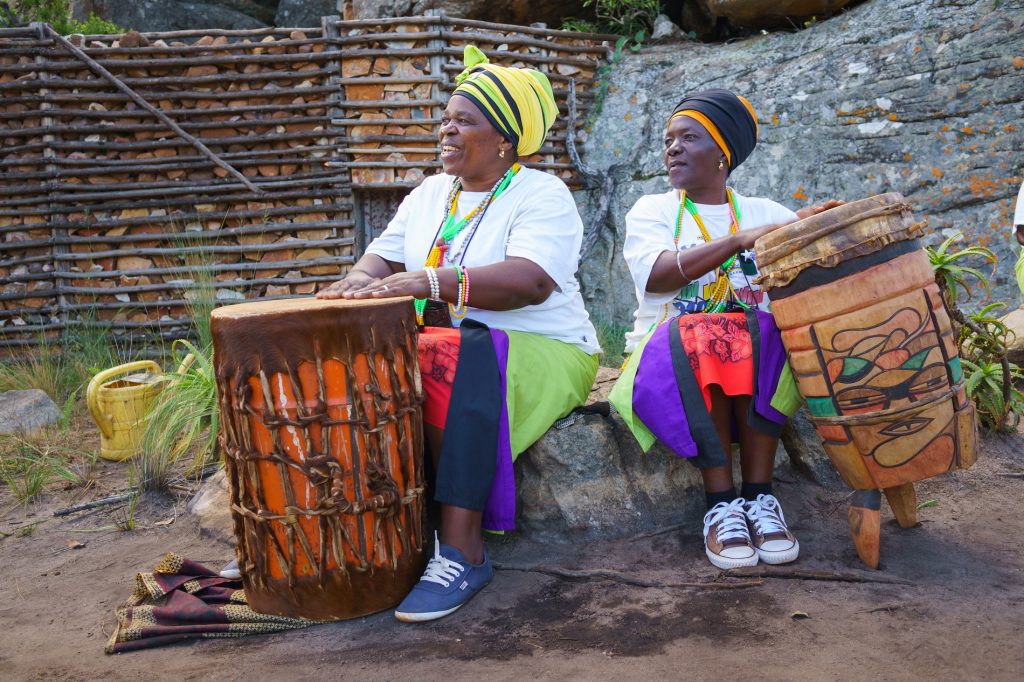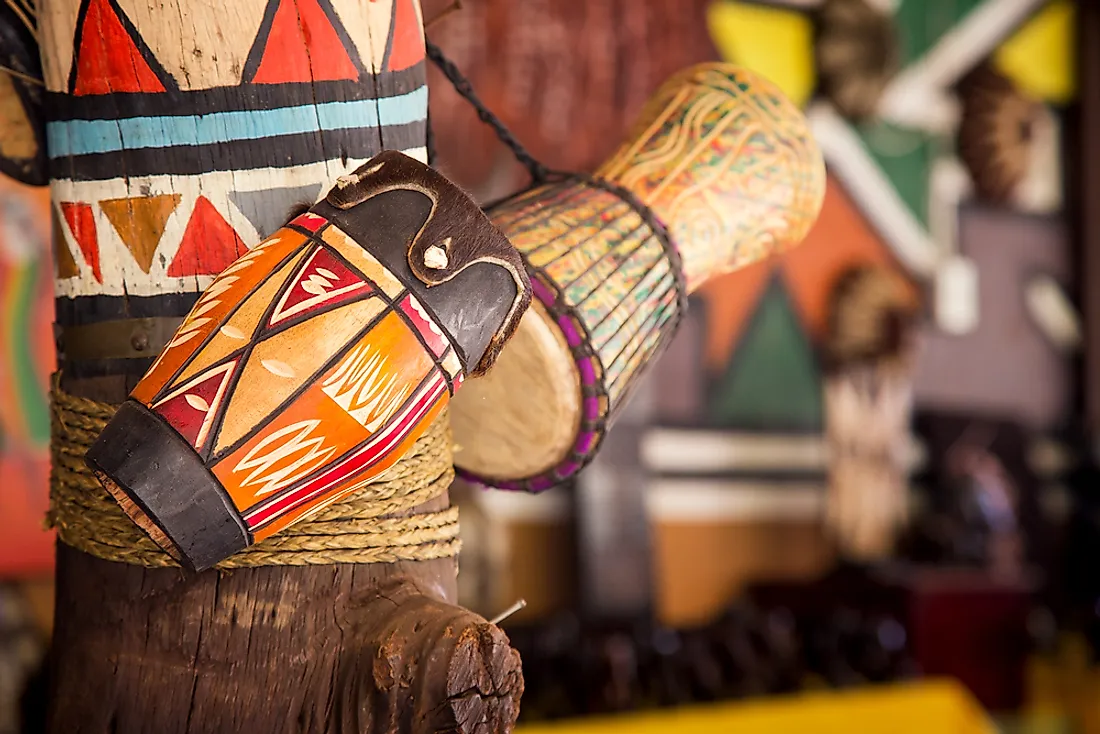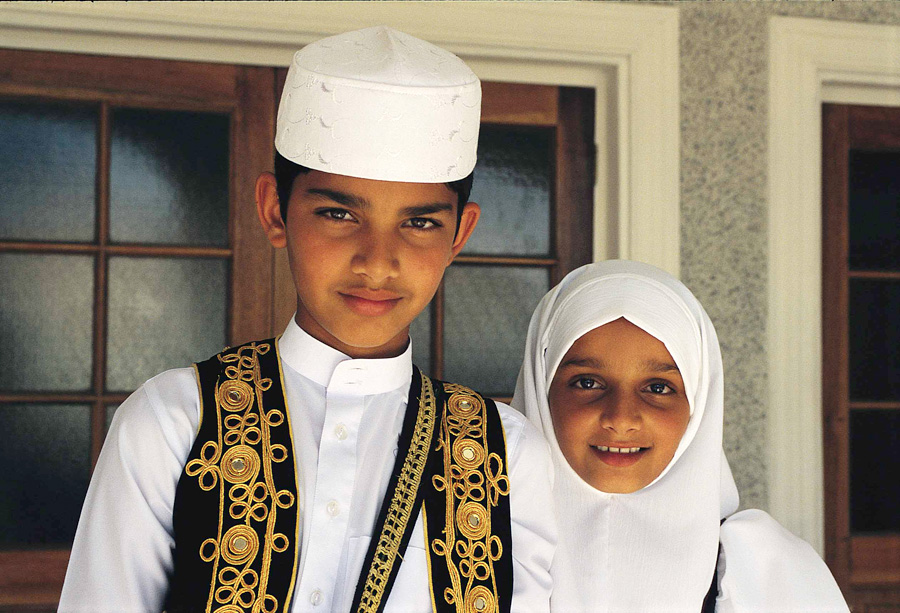The 7-Minute Rule for South African Culture Today
The 7-Minute Rule for South African Culture Today
Blog Article
South African Culture Today - Truths
Table of ContentsNot known Facts About South African Culture TodayHow South African Culture Today can Save You Time, Stress, and Money.Top Guidelines Of South African Culture TodayIndicators on South African Culture Today You Need To KnowThe Main Principles Of South African Culture Today The smart Trick of South African Culture Today That Nobody is Discussing
A matter of relevance in Zambian towns is the passing away of liked ones. All participants of the town put cash, time and effort together for the burial of the deceased.Throughout the mourning duration; males remain outside your home and the females remain inside your home of the deceased. After discussing the deceased, the village walks to the location of interment to state their last farewells. Music and dance is a really vital facet of the Zambian culture. The different tribal units have their own dancing kinds; nonetheless, makishi prevails amongst all people.
South African Culture Today Fundamentals Explained
When it involves songs, drums are used one of the most, with a variety of drumming events. In Zambia, bulk of individuals are Christian; Protestant and Roman Catholic. There are small teams of Muslims and Hindus, with the remainder adhering to local indigenous tribal beliefs.

South African heritage and society is exceptionally varied, and includes many different groups of people that each have their own traditions and beliefs. Having such a diversity of people and societies is what makes South Africa so unique. In real sense of the phrase, we are a rainbow country.
Making it the 7th on the list of countries with the most Portuguese individuals in it outside of Portugal. Portuguese is not only a society, but it is also a language and a nationality. Portuguese people stem from the country of Portugal in Europe, nonetheless, due to Portugal (like lots of other nations in Europe) exploring the globe and overcoming other countries throughout the 15th 20th centuries, South Africa has what we call Portuguese South African's living in it.
Some Ideas on South African Culture Today You Need To Know
Among the popular features of the topography is a plateau that covers virtually two thirds of the facility of the nation. The plateau facility rises toward the southeast, where it culminates in the Drakensberg variety, part of an escarpment that separates the plateau from the coastal locations. The Drakensburg includes Sparkling wine Castle, the greatest optimal in the country.
The region north of the Witwatersrand, called the bushveld, inclines downward from eastern to west towards the Limpopo River, which forms the worldwide boundary. The western area of the plateau, the middleveld, additionally descends towards the west and differs in altitude in between the highveld and bushveld. Between the Drakensburg and the eastern and southerly coastline, the land comes down to the sea.
Nearer the shore there is a low-lying plain called the eastern lowveld. Southwest of the plateau the country comes to be gradually much more dry, giving method to the stony desert of the Great Karroo, verged on the east by the lower, better watered plateau of the Little Karroo. Separating the completely dry southerly interior from the sandy coastal of the southern shore and West Cape is one more range, the Langeberg.
Little Known Questions About South African Culture Today.
The nation's racially, ethnically, and politically split history has generated nationwide and subnational icons that still work as signs of the country, and others signs that are accepted only by specific groups. The monoliths to white settler occupation and political dominance, such as the Afrikaner Voortrekker ("pioneer") Monument in Pretoria and the Rhodes Monument honoring the British colonial empire contractor and Cape prime priest Cecil Rhodes, stay sectarian signs.
The very first contemporary occupants were the San ("bushman") hunter-gatherers and the Khoi ("Hottentot") peoples, that herded animals (South African culture today). The San may have existed for thousands of years and left evidence of their presence in thousands of ancient cave paints ("rock art"). Bantu-speaking clans that were the forefathers of the Nguni (today's amaZulu, amaXhosa, amaSwazi, and vaTsonga peoples) and Tswana-Sotho language teams (today's Batswana and Southern and Northern Basotho) migrated down from eastern Africa as early as the fifteenth century

Both former republics of the Orange Free State and Transvaal (South African Republic) were developed by Afrikaner settlers that beat and dispossessed the Basotho see here and Batswana. Lesotho would certainly have been forcibly incorporated right into the Orange Free State without anchor the expansion of British security in 1869. The ultimate marriage of the nation arised from the South African War (18991902) between the British and both Afrikaner republics, which lowered the country to mess up at the start of the twentieth century.
Afrikaners traditionally considered themselves the just true South Africans and, while granting full citizenship to all locals of European descent, refuted that status to individuals of shade until the democratic shift of 1994. British South Africans preserve a feeling of cultural and social link to Great Britain without weakening their identity as South Africans.
The Ultimate Guide To South African Culture Today
The variety and fragmentation within ethnic collections and the equilibrium of stress in between those teams throughout the twentieth century avoided interethnic civil dispute. While intergroup tensions over resources, privileges, and political prominence stay, those problems are as likely to match Zulu against Zulu as Zulu against Xhosa or African against Afrikaner.
From colonial India, British merchants and administrators brought the curved metal ornamental roofs and slender shoelace job pillars that still symbolize the outdoor patios of cottages arounds and cities throughout the nation. Holy places contribute an important building element even in the smallest towns. In enhancement to the rising steeples and traditional stonework of Afrikaans Dutch Reformed churches, Anglican churches, synagogues, mosques, and Hindu shrines supply variety to the spiritual architectural scene.

Slaughtering and the developing of standard cereal beer are necessary in securing the involvement and a good reputation of Recommended Site the ancestors who are thought about the guardians of excellent ton of money, prosperity, and health. Indian communities keep their native culinary practices and apply them on Islamic and Hindu ritual and ritualistic events. Afrikaners and Coloured individuals collect at weekend breaks and special occasions at multifamily barbeques called braais, where neighborhood bonds are reinforced.
Because this was the key economic enterprise of both black Africans and white homesteaders, problem in between those teams fixated the ownership of grazing land and animals. In 1867, the largest ruby deposits on the planet were uncovered at Kimberley in the west main location. The wealth from those fields assisted fund the exploitation of the best gold coral reef on the planet, which was uncovered on the Witwatersrand in 1886.
The smart Trick of South African Culture Today That Nobody is Discussing
This resulted in misconceptions and intentional misstatement in the negotiations of white settlers and federal government authorities with African chiefs throughout the colonial period (South African culture today). In the establishment of African reserves, some facets of common and mainly "tribal count on" land period were preserved, and also in white rural areas, types of communal period were still practiced in areas with African neighborhoods
After the autonomous transformation of 1994, programs for land restitution, redistribution, and reform were instituted, however progress has actually been slow-moving. The white minority still manages eighty percent of the land. In the wake of farming land invasions in Zimbabwe, the Division of Land Affairs has actually promised to speed land redistribution.
Report this page